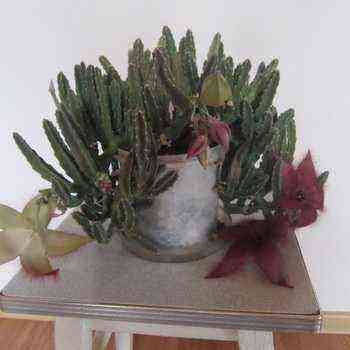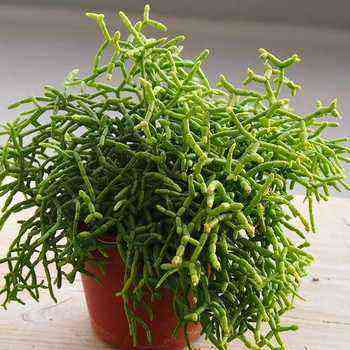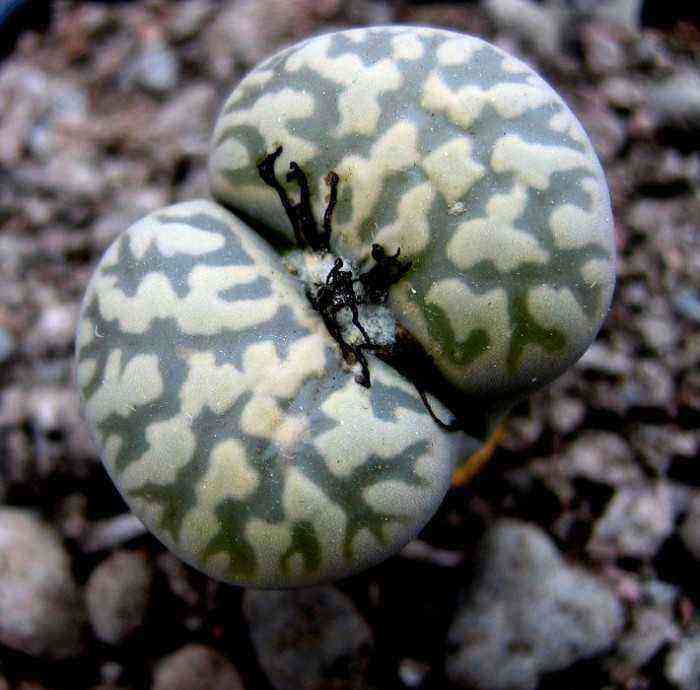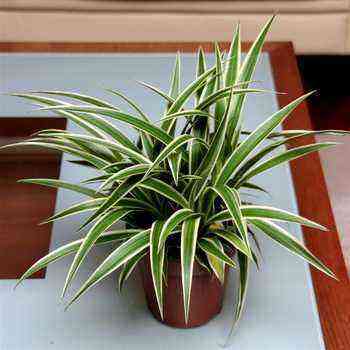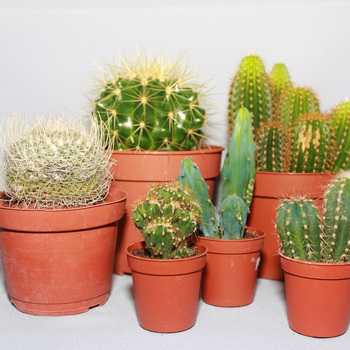 Cacti are purchased for a variety of purposes. Some want to present a succulent as a gift, others cannot refuse children who are staring at a beautiful flower and certainly want to have the same at home. Still others were determined to take up cactus farming. In any case, you need to know which cactus to choose and what to look for when buying a plant.
Cacti are purchased for a variety of purposes. Some want to present a succulent as a gift, others cannot refuse children who are staring at a beautiful flower and certainly want to have the same at home. Still others were determined to take up cactus farming. In any case, you need to know which cactus to choose and what to look for when buying a plant.
Which cactus flower is best for home
Acquisition of a cactus, of course, is not such a responsible matter as acquiring a dog, but nevertheless, in this case, it is better to refrain from spontaneous decisions.
Very often, having seen a succulent plant that has attracted a fancy, in a store or at an exhibition, a person buys a cactus for the house and only then begins to think about what to do with this acquisition now. As a rule, he does everything wrong, destroys the plant and tries to forget about this annoying misunderstanding. Therefore, maybe the following simple tips will help you avoid such disappointments.
First, determine what you are going to buy a cactus or other succulent plant for. There are several options.
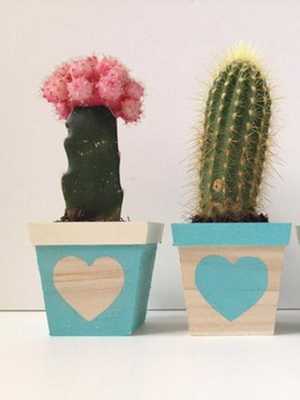
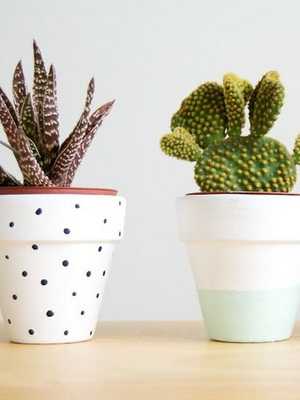
One of them is buying a cactus as a gift. In recent years, a lot of cacti have appeared on sale in large cities. For civilized countries, cacti and some other succulents are as common goods in flower shops (even the smallest ones), like bouquets of roses and chrysanthemums. Moreover, the functional significance of these cacti is exactly the same as that of bouquets. This is a cute and funny gift, not as traditional as a bouquet. Such a plant is not designed for serious further cultivation, usually does not have a label, is planted in a surrogate substrate and in a temporary pot. For this purpose, cacti are grown intensively in greenhouses or on large farms in sunny countries, and it is rather difficult to accustom them to our northern apartment conditions. Like bouquets of flowers, they are intended for temporary use, although they can be successfully transferred to permanent maintenance in the home. These gift cacti take into account different tastes, possibilities and situations. Therefore, they are often decorated with artificial flowers, plastic eyes or glasses. They can be sold in compositions unimaginable from an agricultural point of view or in awkward dishes.
Accordingly, you need to consider how to choose a cactus in the store. Don’t expect your purchased plant to grow quickly or bloom soon. Flowers will probably only be in those plants that are already sold with large (petals are distinguishable) buds (real!). Be sure to take the pot in your hands and examine the plant. It should not stagger and should not have places of softening of the stem, otherwise such – sick, imperceptibly dead or simply poorly planted (someone dropped it before) – the plant has every chance of not reaching the addressee or falling apart in his hands. For the same reason, it is better to choose a potted plant with a dry substrate. In general, such plants are not designed for watering in the store, and if this is done, then either these cacti have stagnated on the shelves, or they were watered out of ignorance. A pot with a cactus must be wrapped in thick paper or plastic wrap and transported only in an upright position.
In no case should such a plant be given to children and it is undesirable for people who may seriously worry about its future fate.
Children are the most enthusiastic admirers of cacti. It is unlikely that many of them will begin to whine in a flower shop, demanding from their parents to buy a dahlia tuber for them, and not every schoolchild will enthusiastically bring home a stalk of a varietal indoor lemon or an Uzumbara violet leaf for rooting. Another thing is cacti. In flower shops, children immediately distinguish them, even if the cacti occupy a very tiny corner. In school years, many begin to plant these plants, and although cactus breeding is not as common among adolescents as philately or aquarism, but, of course, among all plants, cacti hold the palm in popularity among schoolchildren.
In the overwhelming majority of cases, the child’s interest in cacti is fast-passing.
Children at first perceive the cactus as a funny creature, an unusual toy. But then it turns out that the unbearably slowly changing “creature” apparently does not react in any way to the care shown about him, and it is impossible to tinker with him at all. This pet (s) is soon forgotten, and without the reasonable influence of adults, the interest in cacti that has arisen leaves only negative and emotional and pedagogical consequences.
When purchasing cacti or other succulent plants for children, you need to be especially careful for two reasons. Firstly, a failure with a pet, its death, can be no less traumatic than the loss of a favorite fish or bird (even worse if the child begins to get used to such losses). Secondly, some cacti can be dangerous to the health of the child, since children, naturally, will not only admire them, but sometimes at least touch them. Meanwhile, all prickly pears are armed with microscopic thorns – glochidia, easily crumbling from them, easily piercing the skin, but very difficult to remove (the problem is not only in removing the thorn that causes constant itching, but also in finding it first). Opuntia should definitely not be in children’s rooms. In addition, some cactus rarities contain alkaloids in their tissues, which are generally harmless, but who knows how they will affect children, and many succulents of other groups are simply poisonous. Therefore, for children, you need to buy the simplest, undemanding, easily blooming cacti. These can be mammillaria, rebuts, fraileys, hymnocalycium, parodies. It is better to first find out about the proposed purchase and purchase a plant that will grow well in your conditions, will soon bloom, give bright fruits, will be easily propagated by seeds or children – then the predominance of positive children’s emotions can be guaranteed.
Which cactus is better to buy for home
Another option for buying cactus flowers for your home is the desire to decorate the interior. These plants are widely used in indoor phytodesign. These can be individual plants or combined in temporary compositions. If they are not suitable for such purposes, then they become either “suicide bombers” who are thrown out after the loss of decorativeness, or the plants periodically undergo a “recovery course” in conditions acceptable to them.
Cacti grown in greenhouses suitable for interior design are widely available for sale. However, since they are supposed to be used for the longest possible time, one should pay attention to their following properties. It is better to choose cacti for the house, slow-growing cacti with a dense stem and thick skin (in unfavorable conditions, they seem to freeze, but do not give an ugly growth).
As you can see in the photo, the best cacti for home are large-stemmed cereus, echinocactus, melocactus, group-forming mammillaria; from other succulents – large euphorbia, treelike sedums, large-leaved agaves, aloe, sansevieria:
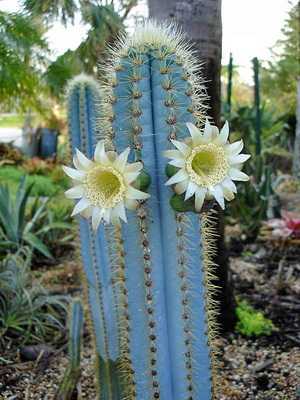
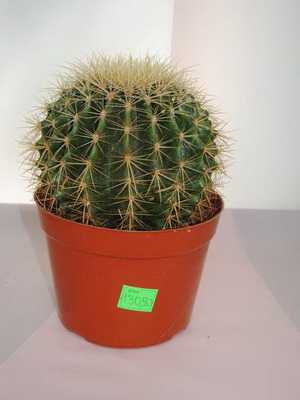

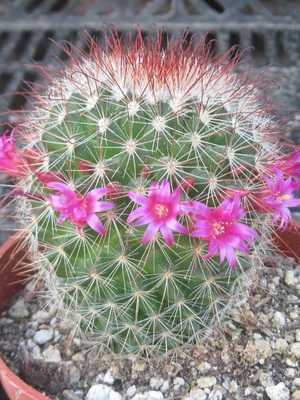
When deciding which cactus to choose for the house, pay attention to the fact that the plants do not show signs of growth, and their earthen lump must be dry. When choosing plants for the interior, their health becomes important (unlike souvenir cacti). As a rule, cacti grown in greenhouses are sterile – they are treated with everything they can, from everything that can only be imagined. But pathogens (and sometimes pests) “get” them on the way from the greenhouse to the buyer. In addition, plants could freeze, shed their roots, and receive mechanical injury. So take a close look at the plant. Remember, broken off thorns do not grow back, traces of diseases and injuries persist on the stems all the time. There should be no unnatural spots on the stems. It can be recommended to avoid purchasing plants in very shallow dishes (i.e., with a clearly secondary and weak root system), with white hairs and pubescence (they are difficult to maintain when using plants for design purposes), with clearly dangerous thorns (very large and sharp, tenacious or easily falling off). To decorate interiors, you should not buy collectible items (single, with labels), since they are much more expensive, and differ little in terms of decorative qualities.
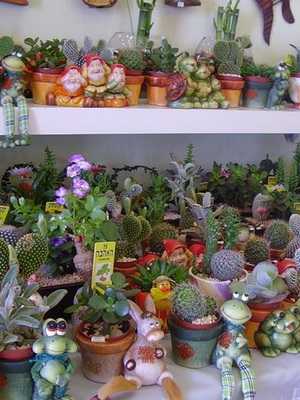
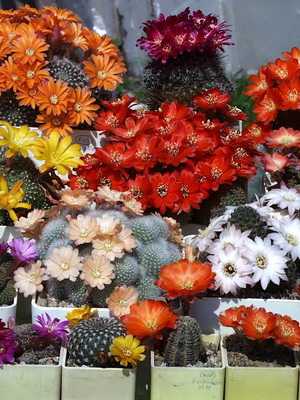
Buying cacti and other succulents is the most common way for these plants to enter our life. And it is in this case that it is most important to refrain from a hasty decision. It is very important, when deciding which cactus to buy, to get at least the most general information about it. If you want to have an adult flowering specimen, first find out in what conditions it should be grown and how long the offered “baby” will grow to this state. Remember that young and mature plants of the same species can be very different; the appearance of the plant can also strongly depend on the conditions of its detention (what you liked in the photo in nature can be disappointing when grown on a windowsill).
If you are buying an adult plant, then do not forget about the difficult period of adaptation of adult succulents to new conditions. The stress of the plant from moving it to another house will be necessary, but the consequences of this stress can be significantly weakened if you create the most favorable conditions for it in a new place.
Naturally, a plant for constant maintenance should be healthy. If you have already chosen which type of cactus to buy for your home, pay attention to any unnatural speck on the stem and, if it causes even the slightest suspicion, refuse this purchase.
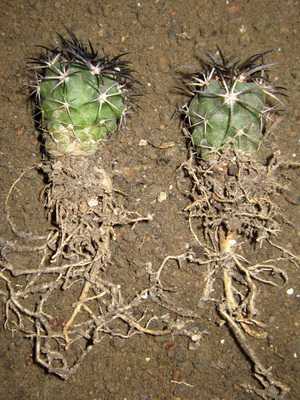

If you get a baby or a cutting from a plant from friends, take a closer look at whether the mother plant is healthy, and, although they don’t look a gift horse in the mouth, it is better to politely refuse the offspring of a suspicious cactus. For the long-term acquisition of a beautiful cactus for your home, you should not take the greenhouse plants described above, although, of course, it is rather difficult to distinguish between greenhouse and indoor cacti by their appearance.
Even if the plant looks perfect, it must be transplanted at home, while carefully examining the root system and taking the necessary measures if dangerous signs are noticed in it. Since replanting a newly acquired cactus can prevent the spread of diseases and pests, it is best to buy plants at a time that is favorable for replanting. Do not neglect another obligatory rule – the plant brought into the house must undergo quarantine.
Some, when asked which cacti are better, will answer that grafted. However, keep in mind that grafts often sell plants that grow well on their own roots and that grafts are usually less durable than rooted specimens, and also quickly lose their attractive appearance (with the growth of the scion, the proportions are violated).
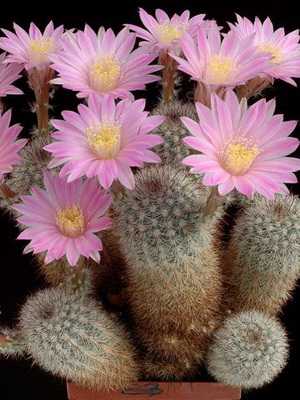

Bushes of epiphytic cacti strewn with buds and flowers look spectacular on sale. However, this effect is achieved by intensive presale plant cultivation. Their abundant flowering greatly depletes them, which, along with the stress from a sharp change in conditions of detention, often leads to a strong weakening, dumping of roots and death of these plants. To have well-flowering shrubs of epiphytic cacti at home, it is better to grow them yourself from cuttings.
For the decorative maintenance of the house, it makes no sense to purchase plants of rare, difficult-to-cultivate species, as well as those with a collectible pedigree and a waste label. They are no more spectacular than their “simple” counterparts, but, as a rule, more expensive. If you do not collect a collection, then there is no point in risking purchasing dangerously ringed cacti or poisonous succulents – you can always find an equal beauty, but harmless plant.

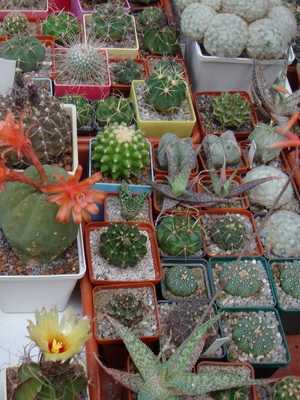
Also, cacti are bought to create and replenish the collection. Collecting cacti and other succulent plants is generally a serious matter, and the selection of plants for a collection is perhaps the most responsible thing in it. The most common mistake of novice collectors is to collect everything with the intention to figure it out later. As a result, a lot of effort, money and time is spent on growing plants that do not have collectible value, which you then have to get rid of.
From the very beginning, even if there is no certainty that your interest will grow into something serious, you need to competently compose your own, even almost nonexistent collection. To do this, you need to know well the plant that you are going to purchase – virtually select it from the catalog, reference book, from the exposition at the exhibition, read about its features and the specifics of caring for it, and then look for its real embodiment. It is better to search not in ordinary flower shops, but in specialized firms, from well-known collectors, in botanical gardens, in cactus societies, etc.
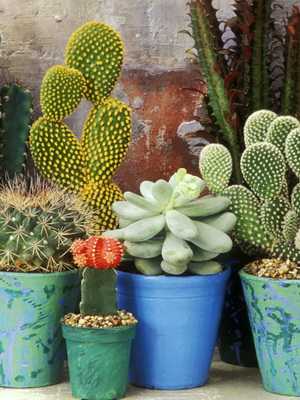
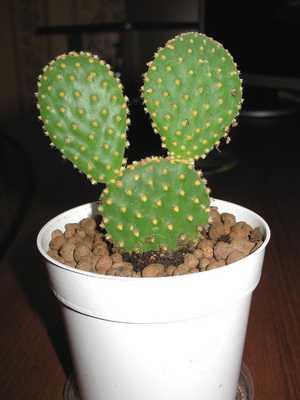
In recent decades, all this has become much easier. The corresponding addresses can always be found out from fellow cactus growers, from specialized periodicals, on the Internet. Even a plant of the most common kind is better to acquire not “rootless” in a random place, but with reliable “passport data”. Always safer (and more valuable) is a plant grown independently from good (obtained from a reliable source) seeds, although this is a difficult business.
All acquisitions for the collection must be carefully checked and quarantined.
Cacti collected in nature or grown from seeds collected in nature remain out of competition for collection value. With the opening of borders, on the one hand, the possibilities of obtaining such plants have expanded in our country, on the other hand, an international convention has been in force for several years now, which prohibits the transport of wild-growing cacti and their seeds across state borders and trade. In a cactus paradise – Mexico – laws are already in place, and some foreign cactus lovers have paid dearly for breaking them.
A serious cactus grower should at least know about the existence of the most reputable international magazines on cacti and other succulents: Kakteen und andere Sukkulenten (Germany), Cactus and Succulent Journal (USA), which constantly advertise the offers of the most reputable companies supplying collectible plants. More and more information that helps to form collections of cacti and other succulents can be obtained via the Internet.
















